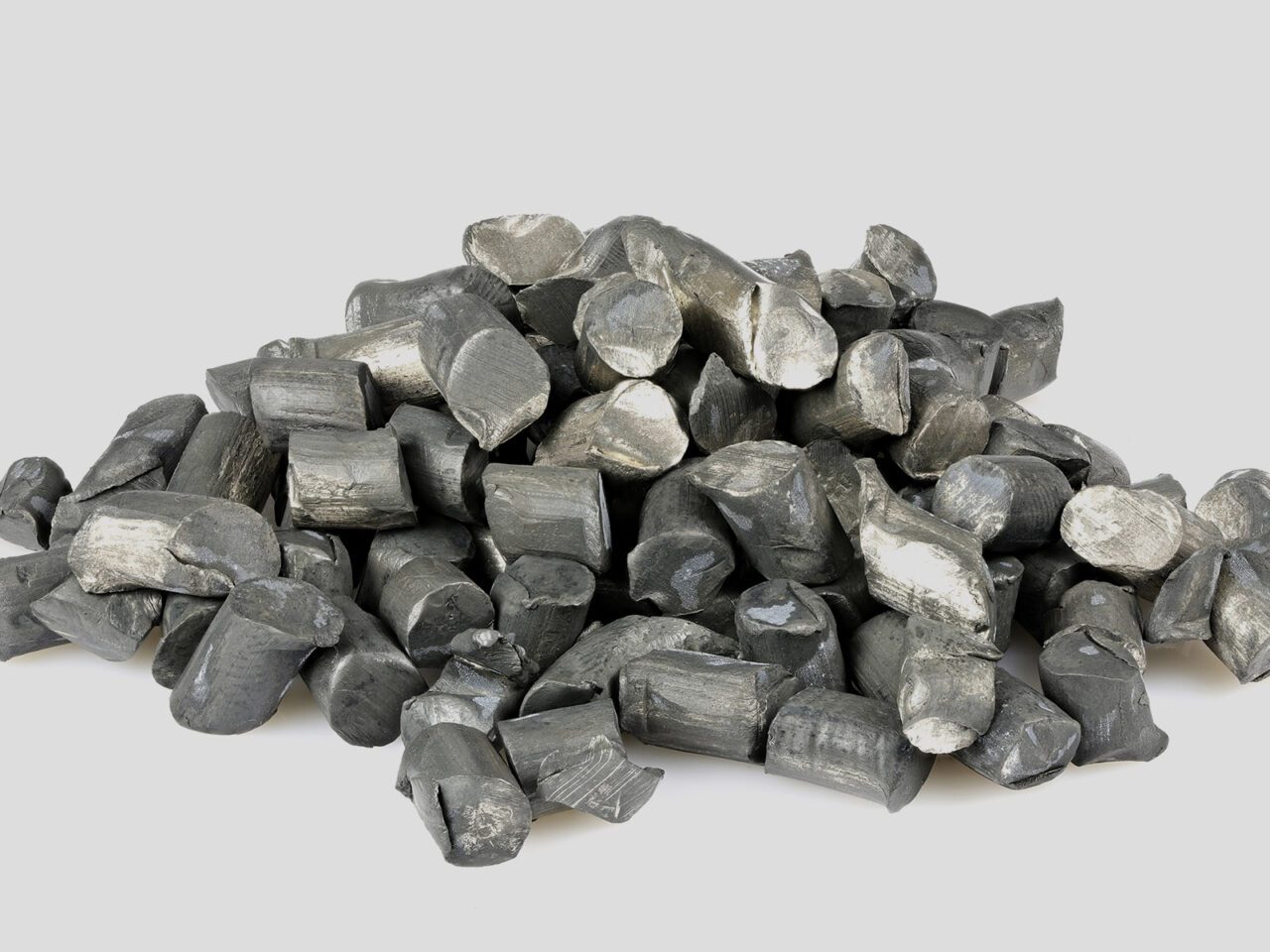The Lithium Shortage Is Real—but There Is Room for Optimism
Credit to Author: Glenn Jakins| Date: Fri, 14 Apr 2023 14:19:40 +0000

COMMENTARY
In the 1950s, a geologist named Marion King Hubbert caused quite a stir when he predicted that the U.S. would reach peak oil production in less than 20 years. Fossil fuels are a finite resource, after all, and Hubert reasoned that oil production in the U.S. would begin to decline around 1970.
While parts of this prediction did come true, you may have noticed that most people still drive cars that run on gas. In fact, 80% of the world’s energy currently comes from fossil fuels. This is because as demand for oil increased, creative thinking, new innovations, and an increase in the value of oil made it possible to access that resource in new ways.
Panic over Earth’s resources is nothing new. Way back at the end of the Bronze Age, copper and tin became harder and harder to get when important trade routes ceased to exist. It must have seemed as though civilization would be greatly set back without the metals that had been so important in creating weapons and chariots. However, the opposite happened, as blacksmiths experimented with what they had and created the even stronger metal that ushered in a new age––iron.
Lately, much has been made about a potential shortage of lithium. There is not enough of this element, many argue, to fuel the demand for clean energy in the form of electric vehicles and solar power storage.
Increased Demand Fueling the Lithium Market
It is true that lithium is in extremely high demand right now, to the point that our governments should be considering new avenues of growth such as allowing sanctioned nations to again export lithium. We need lithium to continue to explore renewable energy storage solutions that will help move us toward a more sustainable future.
Just as we haven’t run out of oil, gold, silicon, copper, or tin, I am optimistic that, ultimately, we won’t run out of lithium either. Or at least that the shortage won’t lead to the complete demise of green energy.
Similar to what happened with oil around 2009, as demand for lithium increases and the value rises, it will become more attractive for new players to enter the market. Just in the last few months, new lithium deposits have been discovered in California and Iran. Additionally, new technology and more efficient equipment are making it possible to extract lithium from previously unprofitable mines. When demand goes up, the free market rises to meet that demand. And as governments grant access to more lands and scientists figure out how to get the lithium we need with minimal environmental impact, we will likely find that there is more lithium available than we thought.
The current lithium shortage is probably more about the growing pains of the market than it is about how much exists. The demand is starting to stabilize, which should help to level out prices and generate the type of market innovation that is needed to supply enough lithium for the batteries used in electric cars and for energy storage in homes or office buildings.
Lithium Alternatives for a Promising Future
Even as market growth helps to generate new sources of lithium, I don’t necessarily think that lithium is the final answer. The uncertainty surrounding potential lithium shortages is bound to fuel new ideas and better technology. There will always be a demand for lithium batteries, but there are other solutions for chemical energy storage on the horizon that may reduce the urgent need for lithium.
For example, gravity storage is gaining traction and may work well in certain environments without the need for a lithium battery. Gravity storage uses an energy source, such as solar panels or wind turbines, to raise a massive spindle high up in the air. When it’s time to use that energy, the spindle drops and turns, generating energy on the way down that can now be used when it is needed. Gravity storage has not yet been perfected, but it is a promising idea that may eventually become the norm.
Nuclear is another contender, and there are other chemical storage ideas floating around as well. Salt, iron, magnesium, silicon, and even some plants are being studied for potential battery applications. There are no doubt countless inventors with great ideas that will eventually fill in the gaps in the clean energy industry.
Investment and Open Minds Are the Key
Perhaps instead of fretting about a looming lithium shortage, those in the energy industry and the politicians making decisions for the future should be focused on putting dollars behind the businesses and visionaries that are truly looking for solutions. We can start with looking at the resources that we already have. Simple fixes like lifting sanctions on Zimbabwe or allowing more mining operations in the U.S. can fundamentally transform the lithium market.
Secondarily, we should not be closing doors on alternative energy storage solutions. Lithium batteries are a major part of moving sustainable energy forward, but they are not the only way to get there. Investors and policymakers should look seriously at new players and emerging technologies, and do as much as possible to foster new talent and startups in this area.
There are a lot of exciting options to store clean energy for use when the sun isn’t shining and the wind isn’t blowing. In the end, I’m an optimist. I believe that humans have a remarkable capacity to figure things out and create the tools that we need to thrive.
—Glenn Jakins is a serial entrepreneur with a multi-decade track record of taking creative ideas and turning them into successful products that change lives. Currently, in addition to other investment ventures, Jakins heads Humless as CEO, pioneering reliable power systems based on clean energy sources.
The post The Lithium Shortage Is Real—but There Is Room for Optimism appeared first on POWER Magazine.